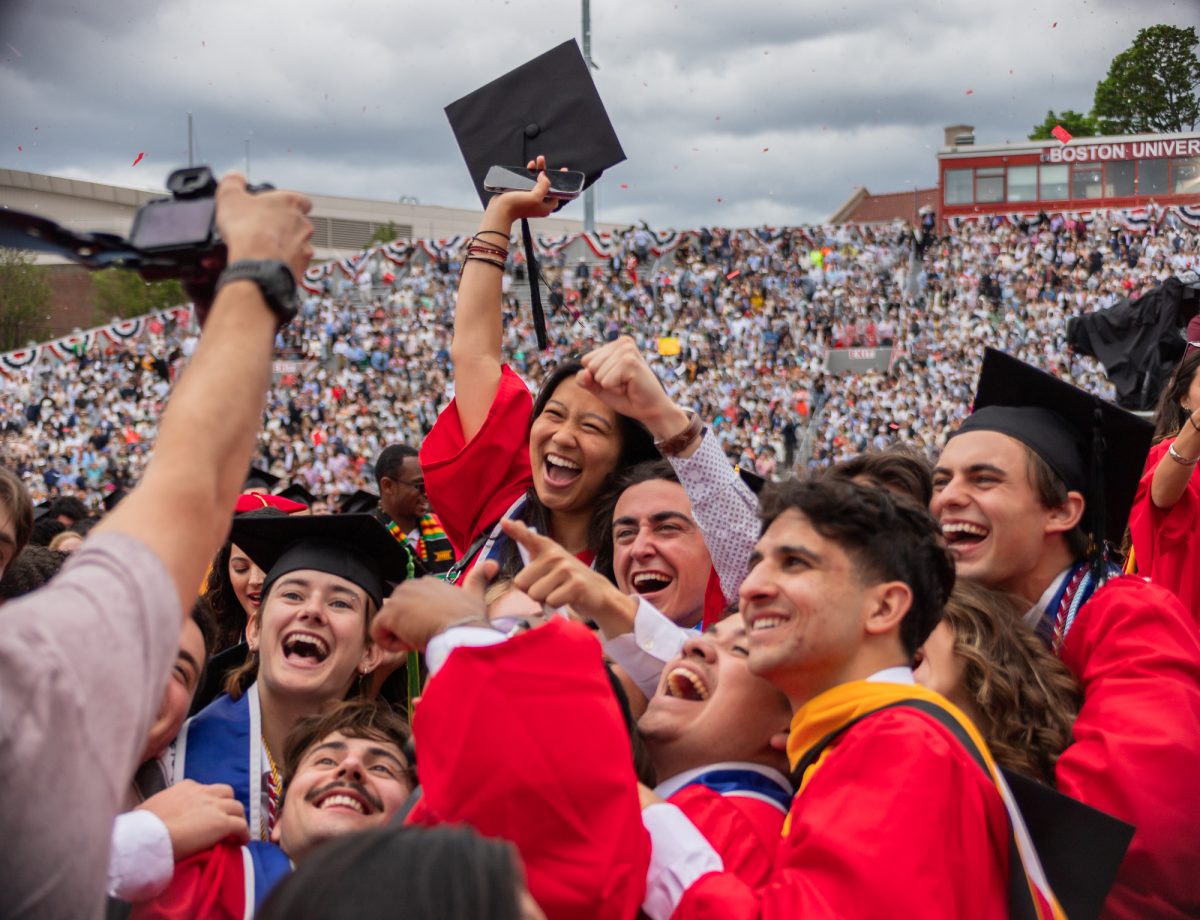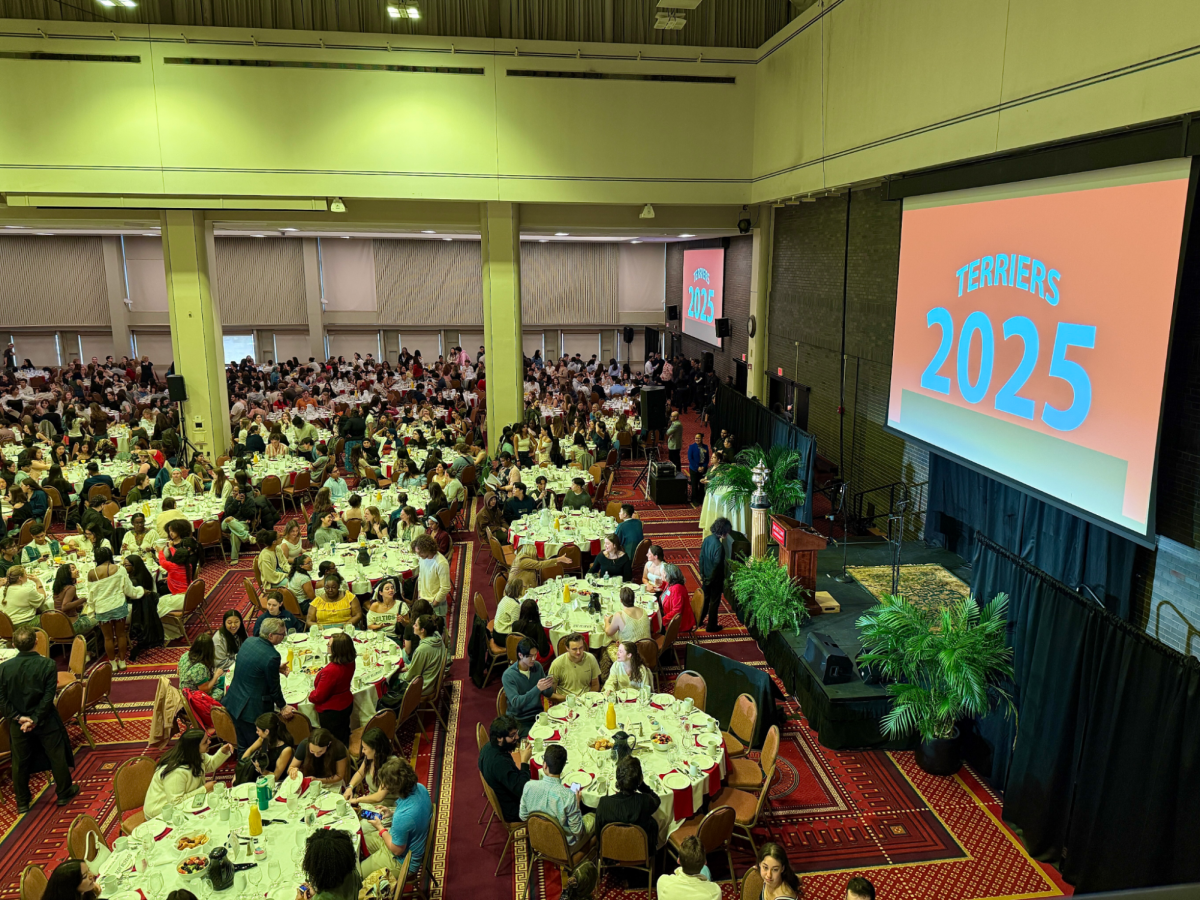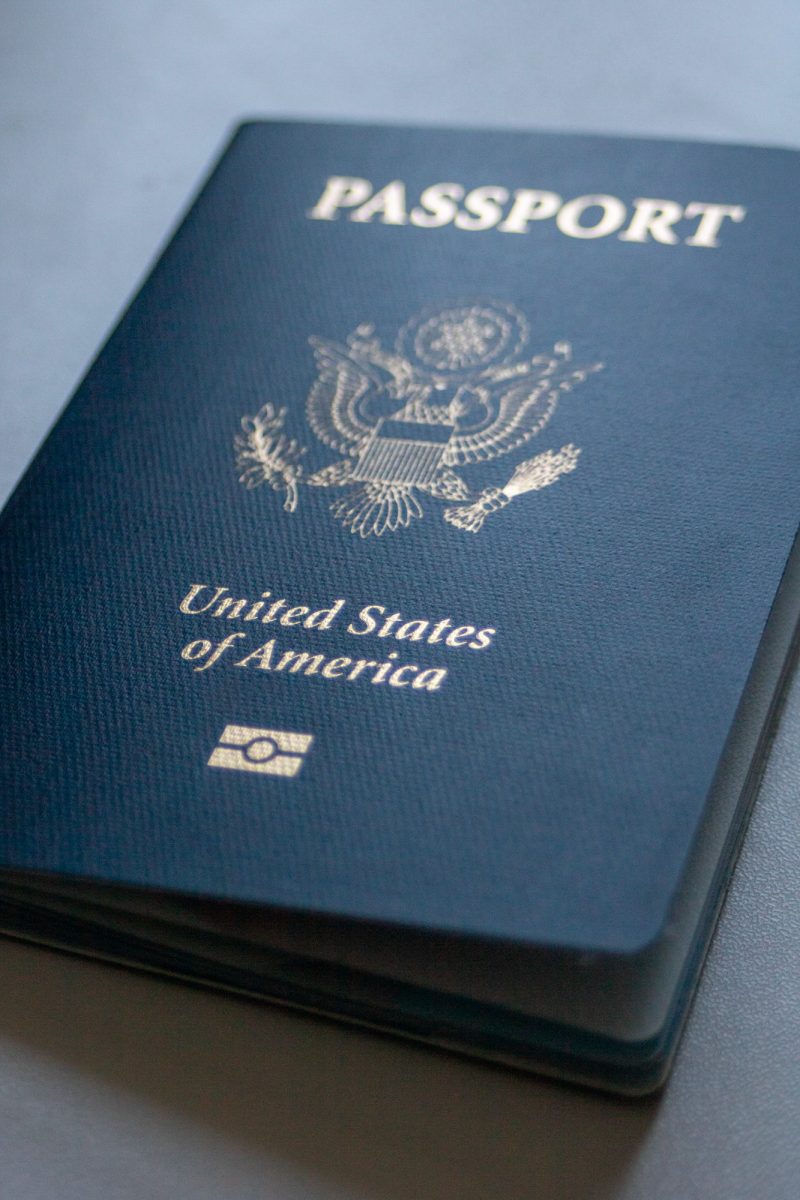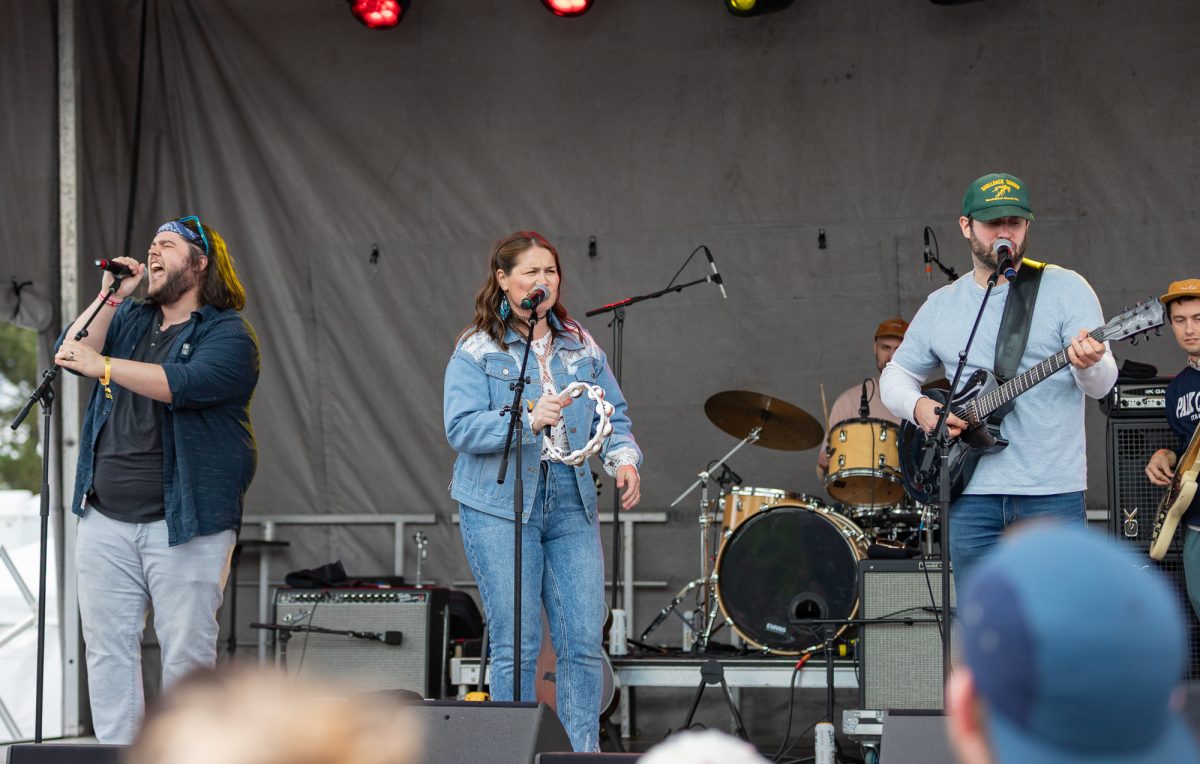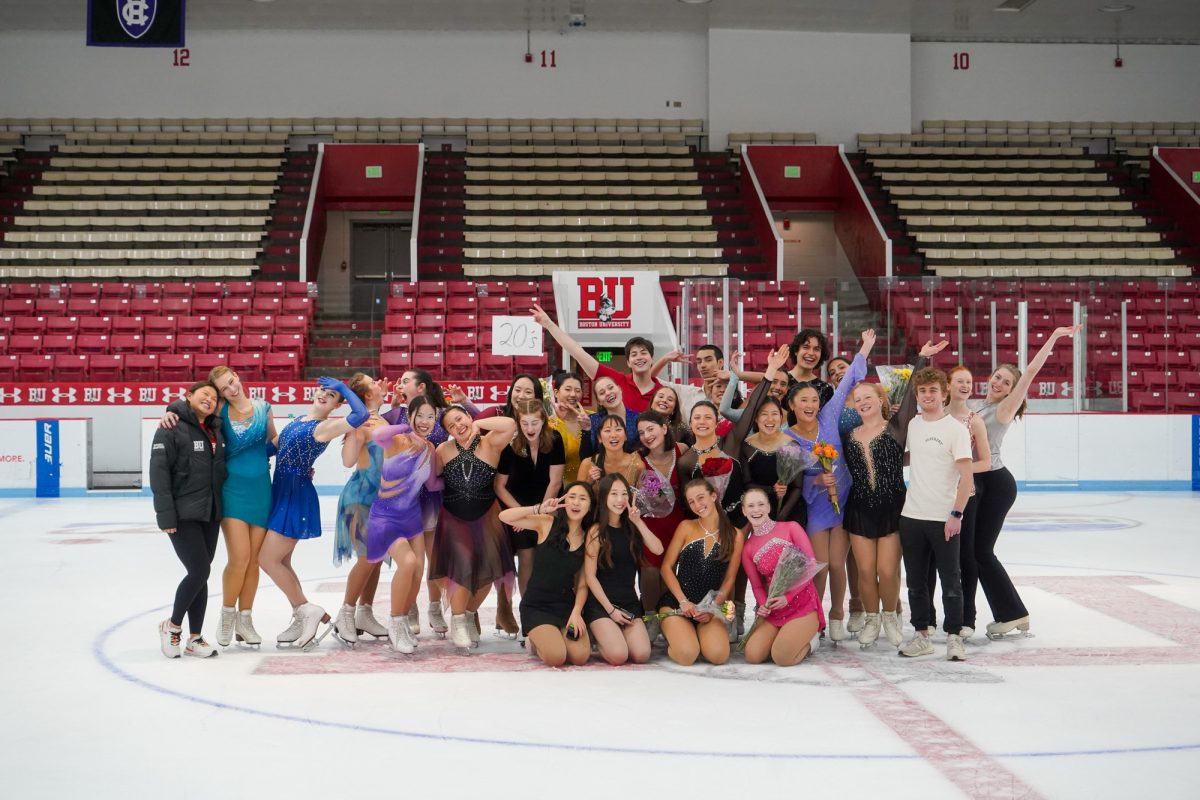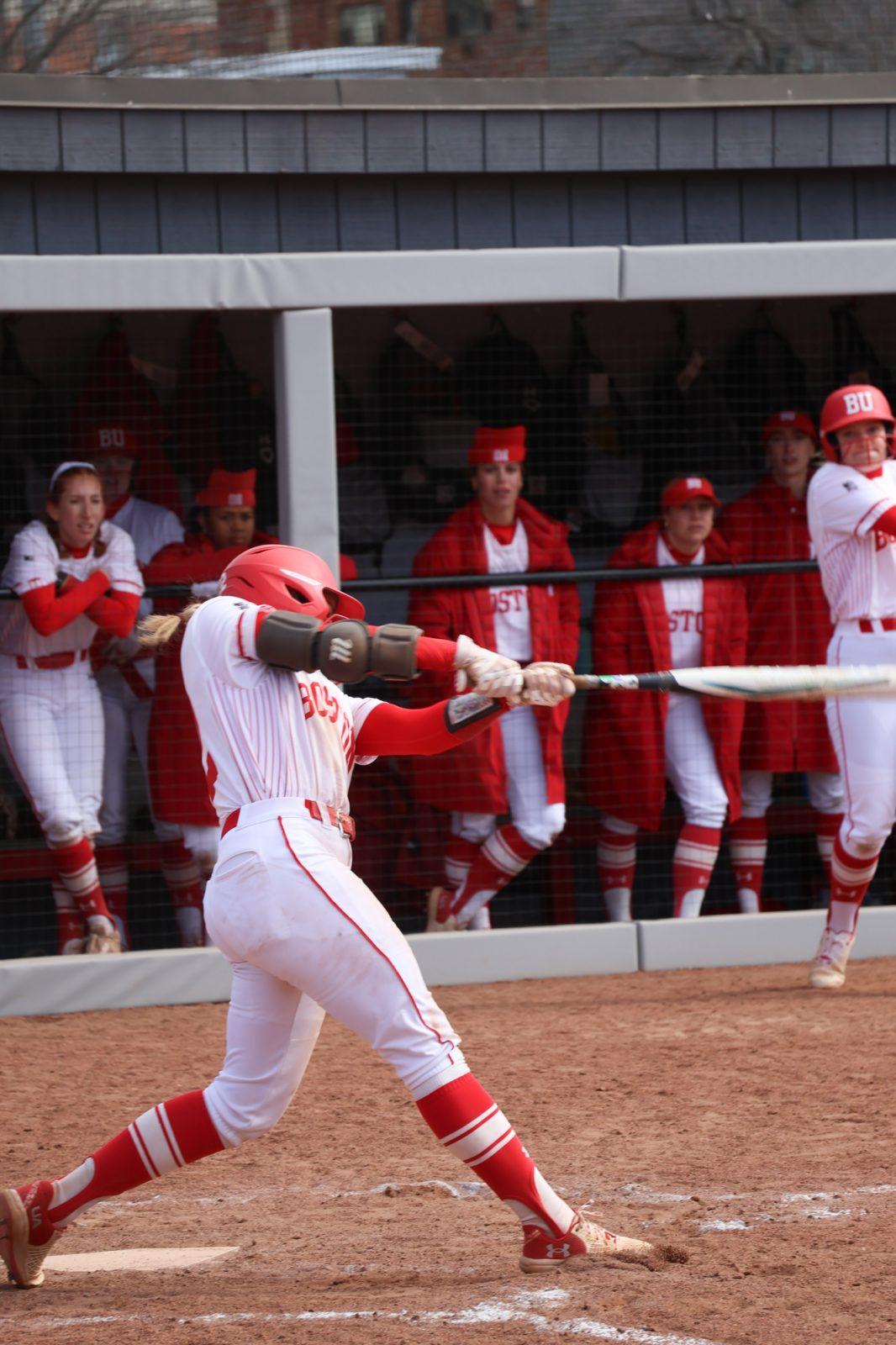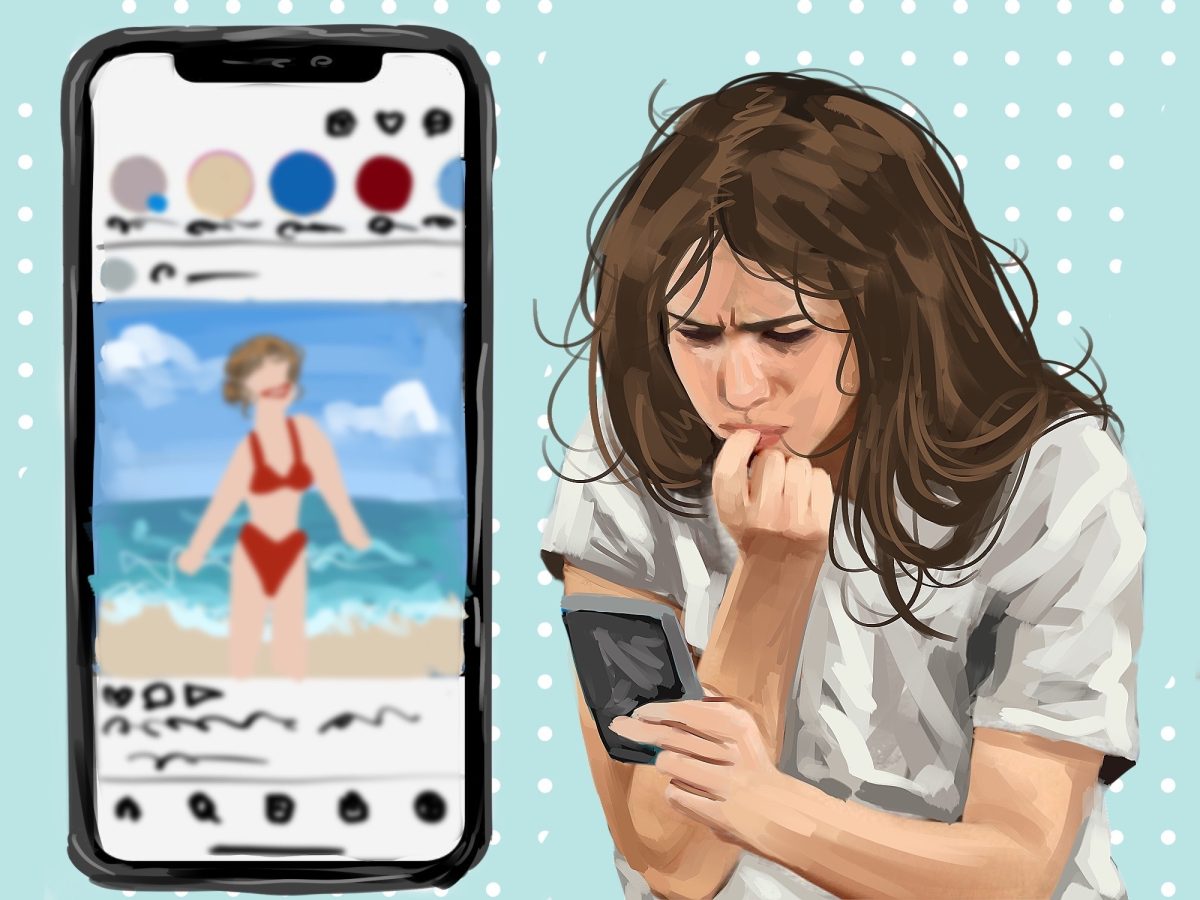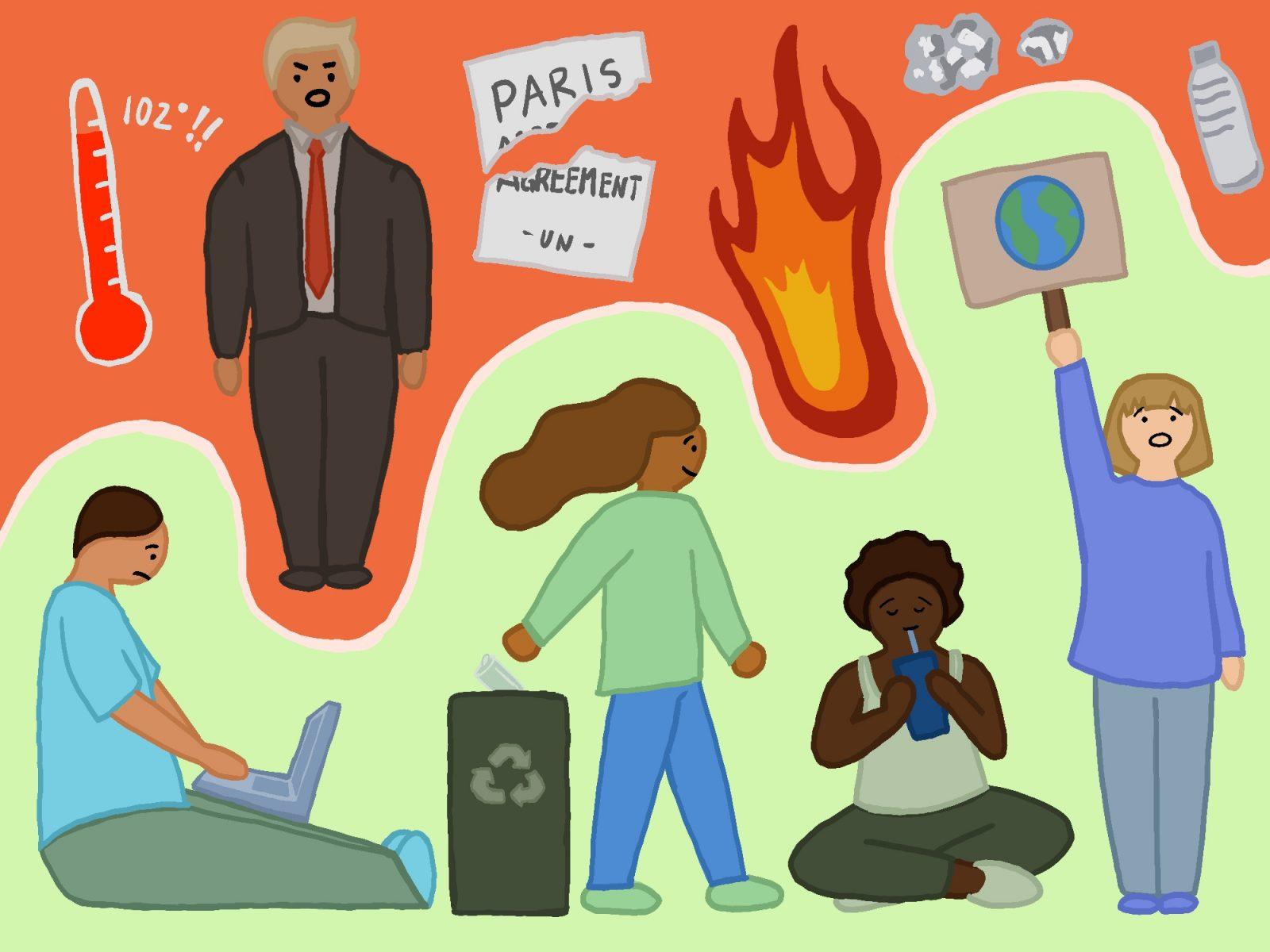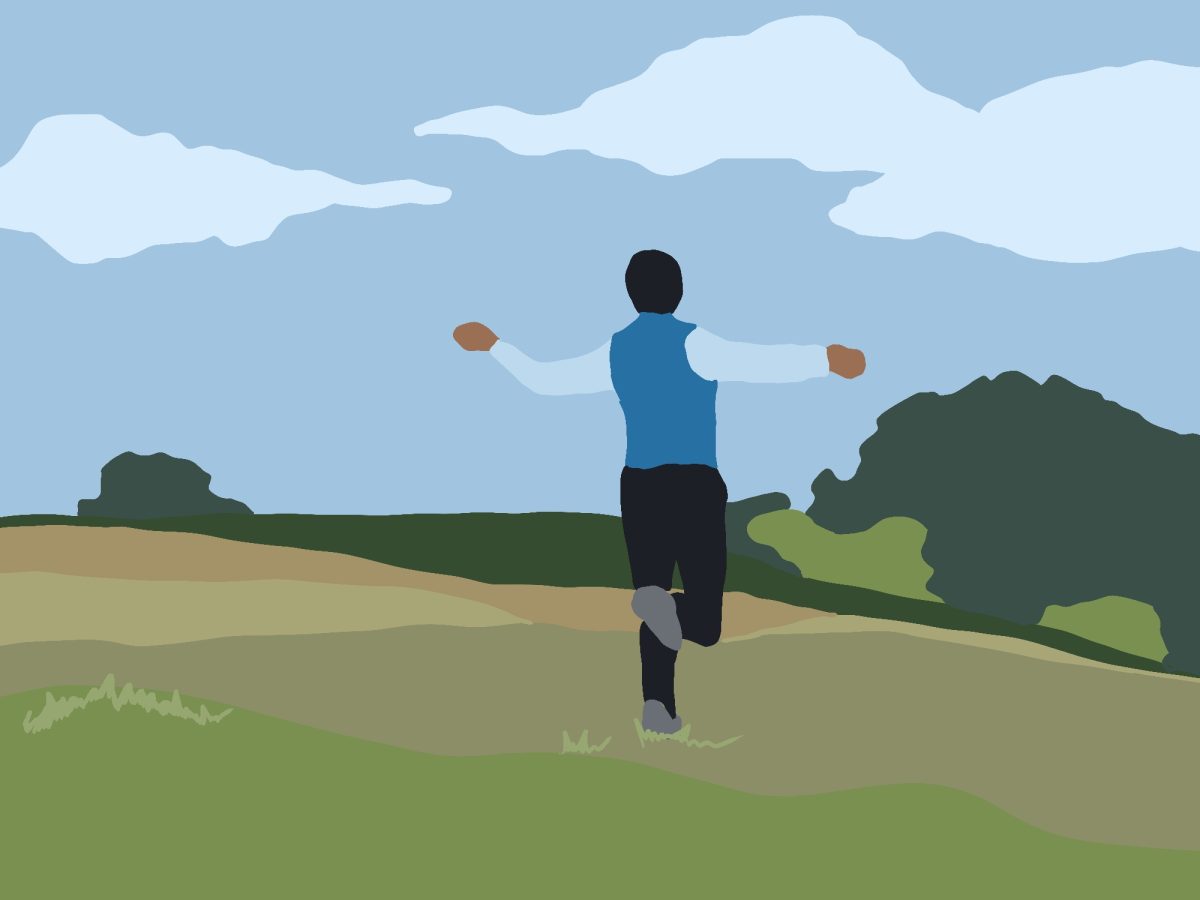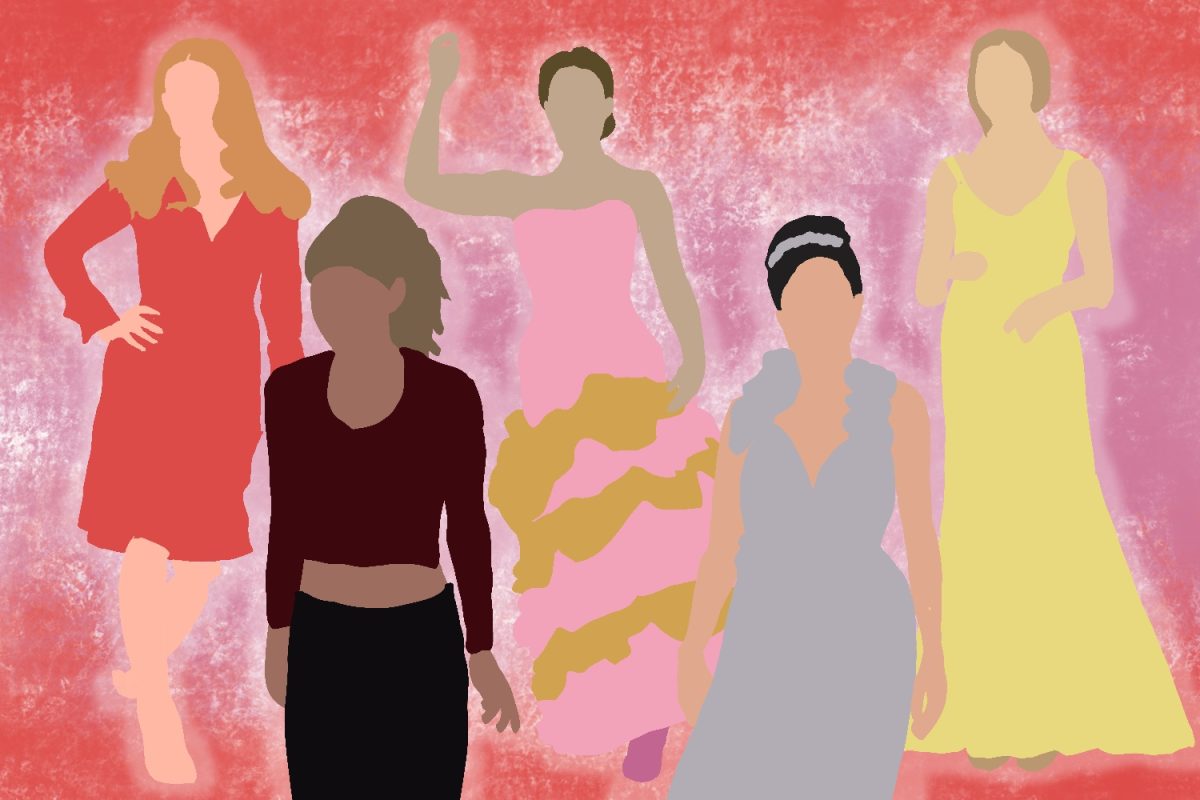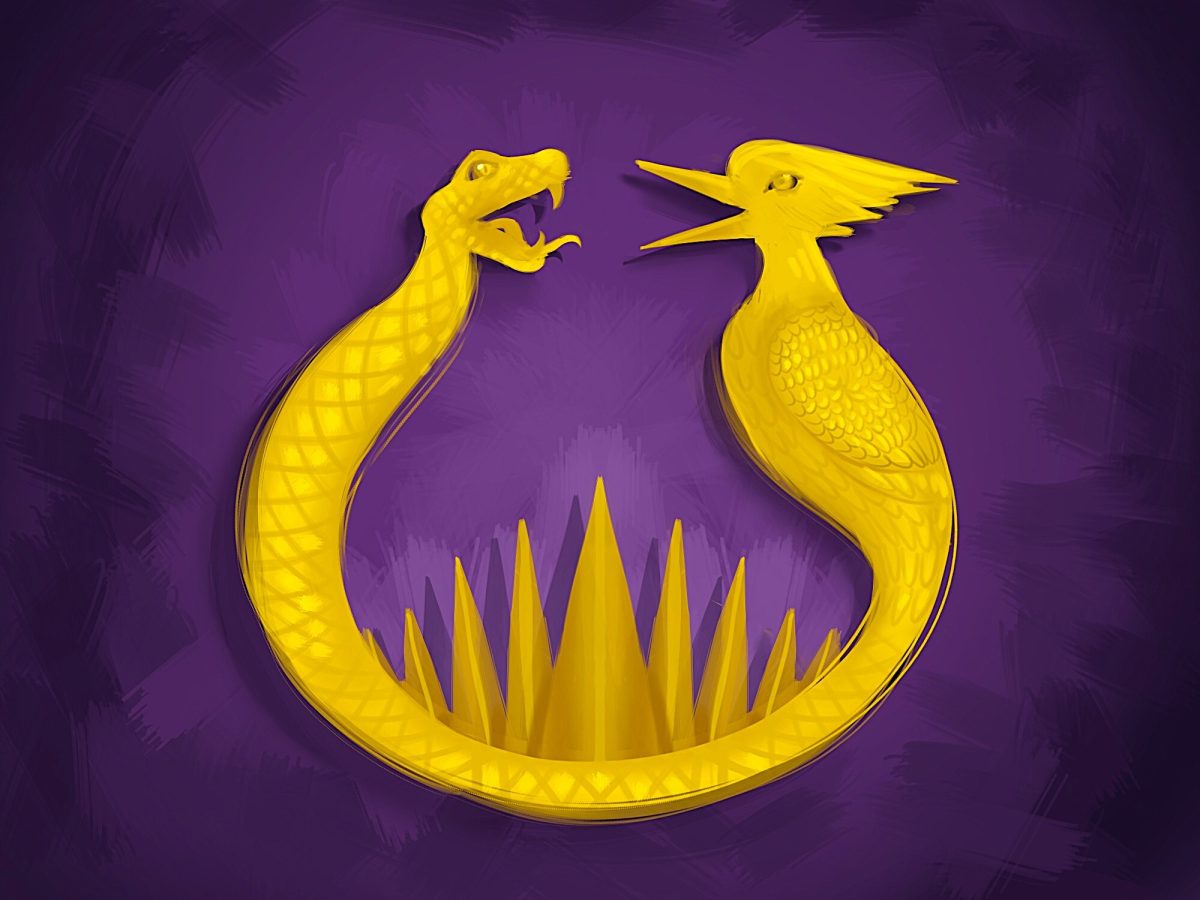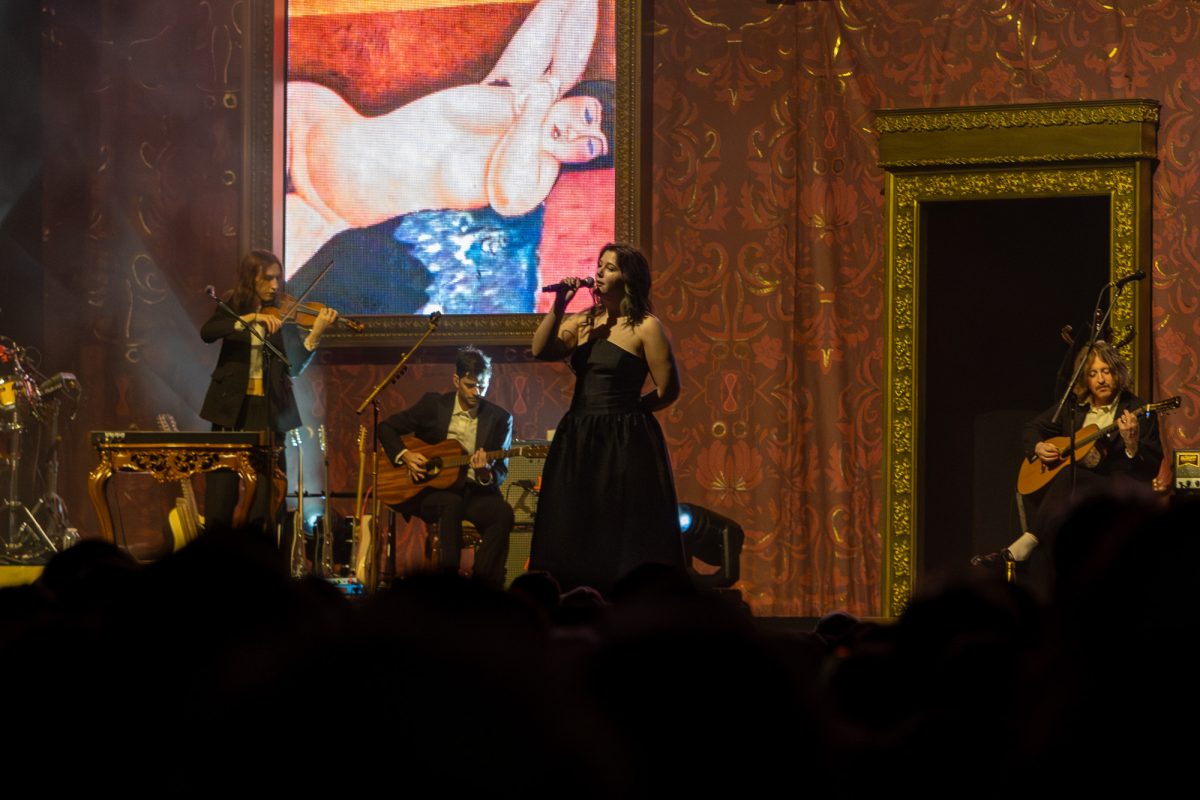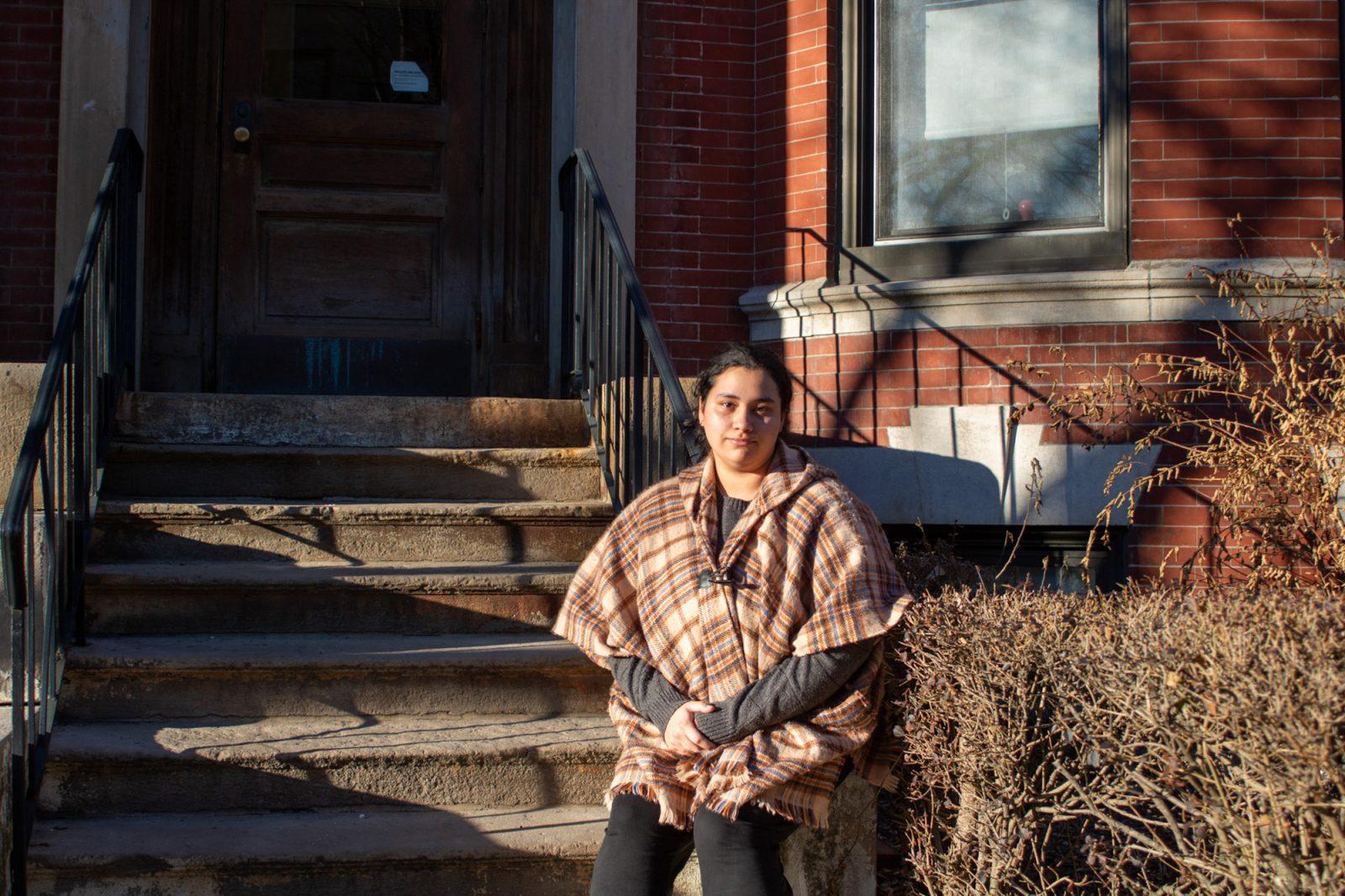‘We do not believe in a single, sacred direction in art,’ said artist Max Lieberman in 1899, capturing the attitude of contemporary German artists at that time. Placing the emphasis on individual talent, rather than the techniques of one predominant school, the period of German art that immediately preceded expressionism was an intriguing yet little explored climate of conflicting influences.
Artists liberally took inspiration from the notions of naturalism, idealism and the grotesque. The Busch-Reisinger Museum at Harvard University remembers this era with ‘Before Expressionism: Art in Germany circa 1903’ on display through Feb. 15, 2004. Commemorating the museum’s centennial, the exhibit explores contrasting styles by juxtaposing the work of artists such as Lieberman, Max Klinger, Lovis Corinth, Paul Klee and Emil Nolde.
As the sociologists, politicians and philosophers of the time scrambled to determine the future of Germany by rooting themselves in the past, the red walls of the exhibit’s first grouping of works show artists also experimenting within an established sense of tradition. In Franz von Stuck’s ‘Wounded Amazon’ (1905), the title figure crouches behind a red shield clutching a wound beneath her breast as an imagined battle between the Amazons and Centaurs rages in the background. In his subject matter and depiction of the human body, Stuck recalls classical ideals of form, while the engraved faces radiate a more contemporary sense of pathos.
Paula Modersohn-Becker explores concepts of naturalism in her 1897 painting ‘Birch Tree.’ A single tree, the painting’s subject, is endowed with a fluid sense of motion reaching upward through Modersohn-Becker’s visible brush strokes. Modersohn-Becker viewed the birch as symbolic not merely for its beauty but for its deeper connection to grace and elegance. She described the trees ‘my modern women.’
Paul Klee, who eventually gained recognition for his colorful expressionist paintings, is represented with his ‘Inventions’ collection. In ‘Two Men Meet, Each Believing the Other to be of a Higher Rank,’ Klee represents the human body as grotesque two bowing figures with bulging-yet-emaciated bodies and pinched, ugly faces are both bent nearly double.
In a glass case just to the left is a series of color postcards by Emil Node 1897, depicting the Alpine Mountains made up of elfin and dwarf-like caricatures, referencing more jovial cultural fairy tale traditions.
The collection of works, a thought-provoking portrait of turn-of-the-century Germany emerges, is effective in all its contradictory complexity.


